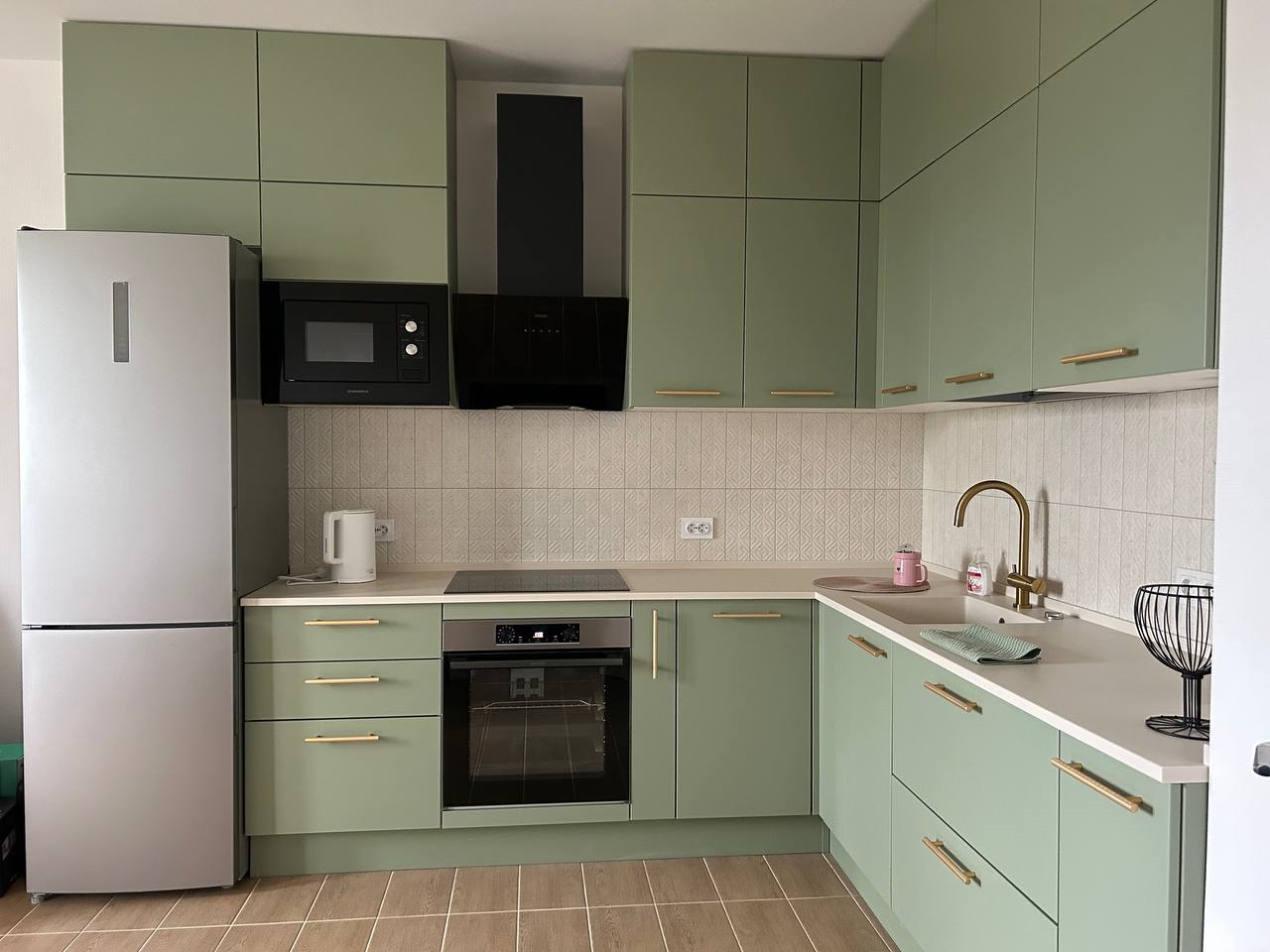
The Renaissance of Culinary Spaces: A Study in Elegance
The kitchen has long been the heart of the home, a place where both meals and memories are crafted. Yet, the evolution of culinary spaces over the years reflects not just changing design trends, but also a deeper appreciation for the aesthetics of cooking environments. We are currently witnessing a renaissance in kitchen design – one that elevates these spaces into sophisticated enclaves of both function and form. Let us explore how contemporary culinary spaces are being redefined with a touch of elegance.
A Fusion of Form and Function
The modern culinary space is a balance of practicality and style. No longer just a room for meal preparation, the kitchen has transformed into a multipurpose hub suitable for social gatherings, casual dining, and even remote work. This versatility requires a design approach that skilfully integrates cutting-edge appliances and ample workspace, without sacrificing aesthetic appeal. Luxurious materials such as quartz countertops, backsplashes with unique tile work, and custom cabinetry are becoming staples of the sophisticated kitchen, establishing an air of refinement that complements their utilitarian nature.
Innovative Storage Solutions
As kitchens assume a more prominent role in our daily lives, the need for innovative storage solutions becomes paramount. Elegant design is about more than just surface beauty – it's about creating an organized and accessible environment. Custom-built shelving, cleverly hidden cabinets, and multi-functional islands are just a few of the ways that contemporary culinary spaces manage to maintain a sleek and clutter-free appearance while providing ample storage for all the necessary tools and ingredients.
Lighting: Setting the Mood
Lighting plays a pivotal role in creating an elegantly appointed culinary space. It has the power to transform the ambiance of a room and enhance the materials used within it. Designers are incorporating a variety of lighting styles, from chic pendant lights that provide a focal point to under-cabinet LEDs that add a subtle glow. Proper lighting can highlight the intricate details of a kitchen's design and make the space not only functional but also inviting.
Integrating Technology Seamlessly
In our interconnected world, the inclusion of technology in the kitchen is a given. Yet, it need not detract from the space's overall elegance. High-tech kitchen gadgets and appliances are being integrated into the design in ways that are both intuitive and unobtrusive. Smart refrigerators, ovens that can be controlled remotely, and sophisticated ventilation systems are all part of the modern kitchen landscape, enhancing convenience without sacrificing style.
The Personal Touch: Customization Is Key
Perhaps the most significant aspect of a redefined culinary space is the potential for personalization. While there are overarching trends in kitchen design, the true elegance of a space emerges when it reflects the personal style and needs of those who use it. Customization can involve anything from handcrafted hardware to a bespoke color palette that ties the room together. In this way, elegance transcends mere decoration and becomes an extension of the homeowner's identity.
Conclusion: The Art of Kitchen Design
The redefinition of culinary spaces as elegant destinations within the home is an art form that harmonizes functionality with sophistication. As cooking and dining habits continue to evolve, so too will the design of the spaces where we come together to indulge in them. By embracing innovation and cherishing personalization, we can transform the humble kitchen into a breathtaking canvas of culinary expression. In this renaissance of kitchen design, elegance is not just an aesthetic choice but a way of life.